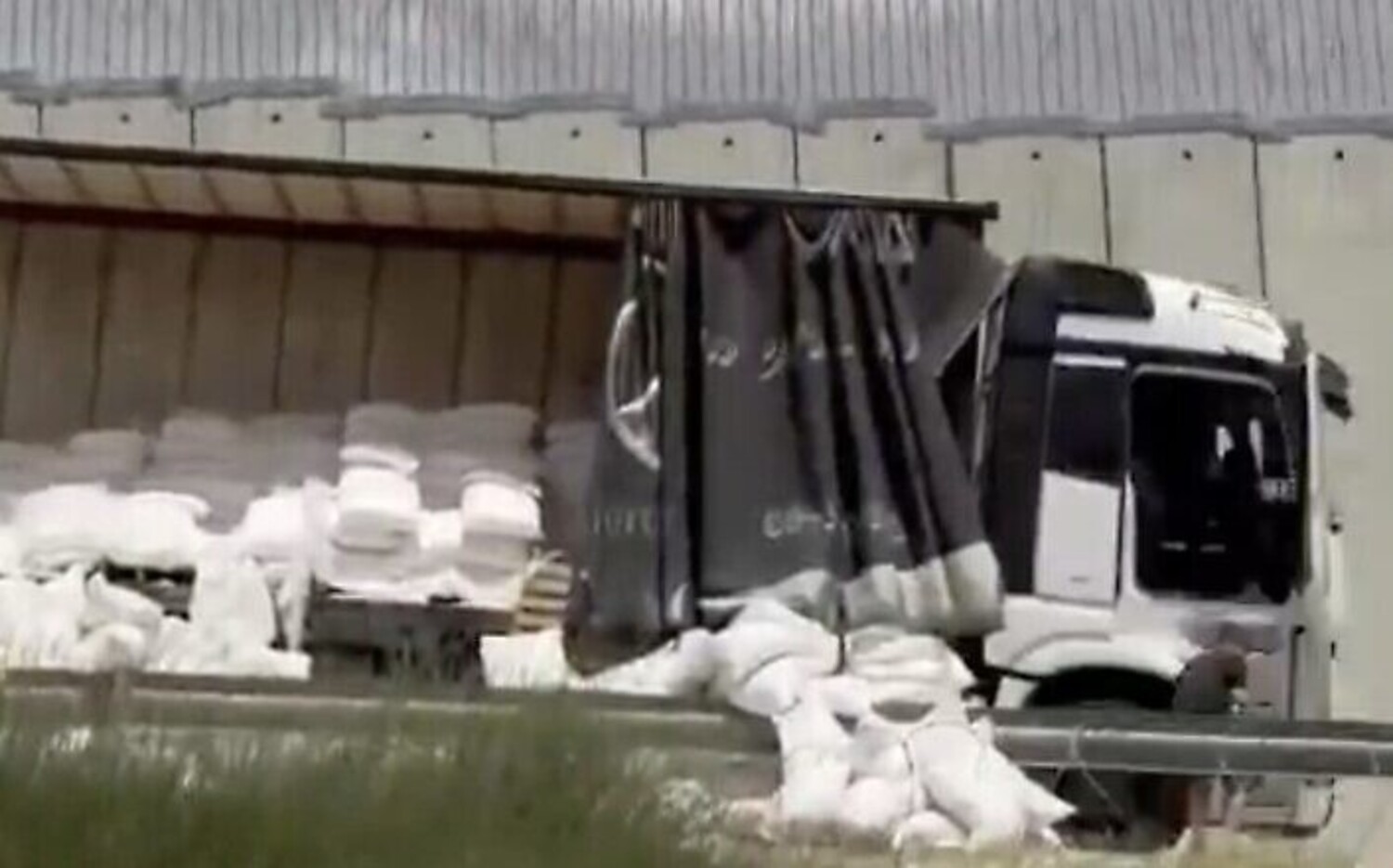In the 1950s, a devastating drought swept through the Great Plains and Southwestern U.S. In places like Texas, it was worse than the Dust Bowl of the 1930s. Farmers from Nevada to Kentucky saw countless crops destroyed and many lost their farms altogether.
The drought was a turning point for many towns. Some struggled for decades after young adults fled during the crisis, looking for opportunities elsewhere. But others were able to bounce back, sometimes thriving even more than they did before the drought.
Research I recently co-authored showed that banks played a major role in how communities fared during and after the crisis. Understanding what happened decades ago offers a cautionary tale about the havoc climate change could create—and a roadmap for how to prevent population loss and economic devastation.
Our first lesson: Giving people and communities access to credit is essential for helping them survive during, and thrive after, extreme weather events.
During the 1950s drought, bank loans allowed farmers to keep their businesses afloat and invest in adaptations like irrigation systems. When lending wasn't readily available, farms collapsed and young people fled communities, leaving behind aging populations with rising mortality rates, decreased birth rates, and struggling local economies.
My research showed that U.S. counties with the least access to credit (per capita) when the drought started lost far more population than those in the middle. And the losses compounded in the following decades, from 1950 to 1980, as the low-credit counties saw their populations decline by almost double that experienced by counties in the middle.
The Ecological Threat Register, conducted by the Australian-based Institute for Economics and Peace (IEP), estimated that up to a billion people may be displaced by climate change over the next three decades. In 2020 alone, around 30 million people fled their homes due to floods, wildfires, droughts, and other extreme weather. Giving communities access to credit now could lessen the devastation resulting from population displacement and allow more people to adapt in place. My research suggested that bank loans might mean the difference between communities that are still struggling decades later and those that are able to cope with extreme weather.
This leads to a second lesson: We should not cut off communities when they need help the most.

Banks should not make blanket decisions to write off certain geographic areas for financing—by refusing home mortgages in coastal zones, for example—without first strongly considering whether a community can adapt to climate change. Pulling back lending is the opposite of what towns need to make it through extreme weather, and banks must recognize the vital role they play in whether a community withstands climate change.
Finally, a third lesson: With the right support, communities can not only cope with extreme weather, but adapt and come out even stronger on the other side.
After the 1950s drought, farmers that had access to loans transitioned more quickly and widely to drought-resistant crops, had more irrigated farmland, and used machines like tractors far more frequently. Over the next decades, many of these farms became highly successful, with their productivity even surpassing that of farms in areas that weren't impacted by the drought. By contrast, drought-affected farms with less access to credit lost value over time and surrounding businesses, especially in retail and manufacturing, also suffered.
A moment of crisis can be an opportunity for innovation if people have the right resources in place. By providing money for adaptation, we can help communities become more resilient and build stronger, more productive economies in the long-term.
Banks have a critical role to play in our response to climate change. At the global level, we need to make sure money is available for communities to adapt, especially in developing countries. Low-income countries are poised to suffer most from climate change, but often have the fewest financial resources to respond. And the devastation caused by climate change may have impacts beyond their borders. By ensuring access to financing in Central America, for example, the United States can help head off an influx of climate migrants at our southern border.
Within the United States, rather than shying away from climate risk, banks should prioritize making loans for well-designed adaptation efforts in the communities in greatest danger of being disrupted by climate change. Business and home owners who are low-income, people of color, and immigrants are more vulnerable to having their health, livelihoods, and communities affected by extreme weather, but also more likely to be shut out of access to the financing they need to cope. If we leave entire neighborhoods or towns behind, they could suffer for decades to come, with ripple effects for the entire U.S. economy.
When physical adaptation is possible, helping people stay in their communities, innovate, and even thrive in our rapidly changing climate should be a top priority for financial institutions and governments. How banks and communities responded to the 1950s drought had an impact for decades—and climate change will cause much more widespread and lasting disruption.
The past isn't always prologue. But when it comes to curbing climate change's most dire consequences, it will serve us well to heed history's lessons.
Rodney Ramcharan is an economist and professor of finance and business economics at USC Marshall School of Business. He served as the first chief of the systemic financial institutions and markets section at the Federal Reserve Board from 2012-2015.
The views expressed in this article are the writer's own.
Uncommon Knowledge
Newsweek is committed to challenging conventional wisdom and finding connections in the search for common ground.
Newsweek is committed to challenging conventional wisdom and finding connections in the search for common ground.
About the writer
To read how Newsweek uses AI as a newsroom tool, Click here.





